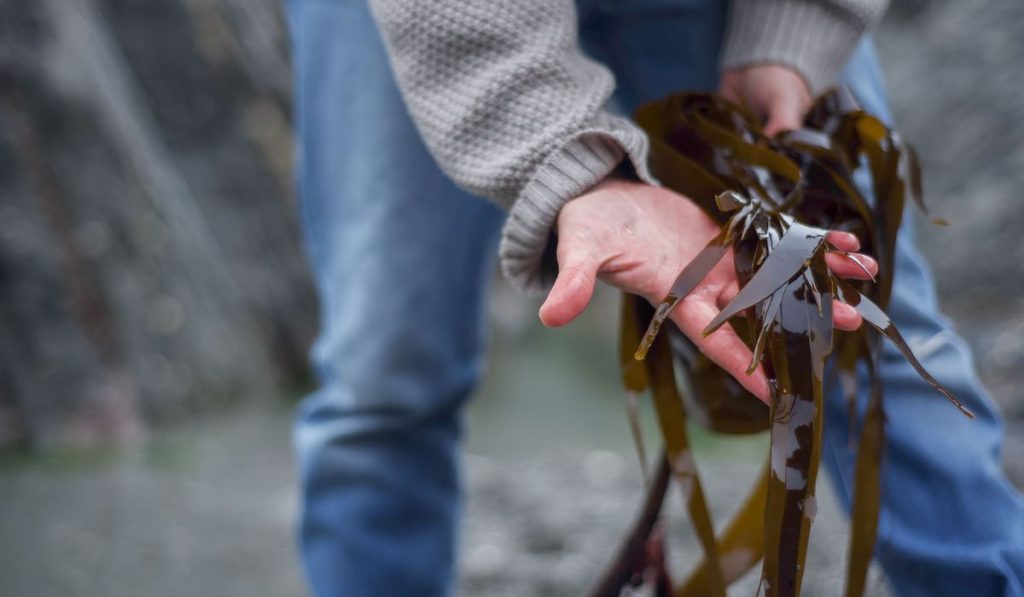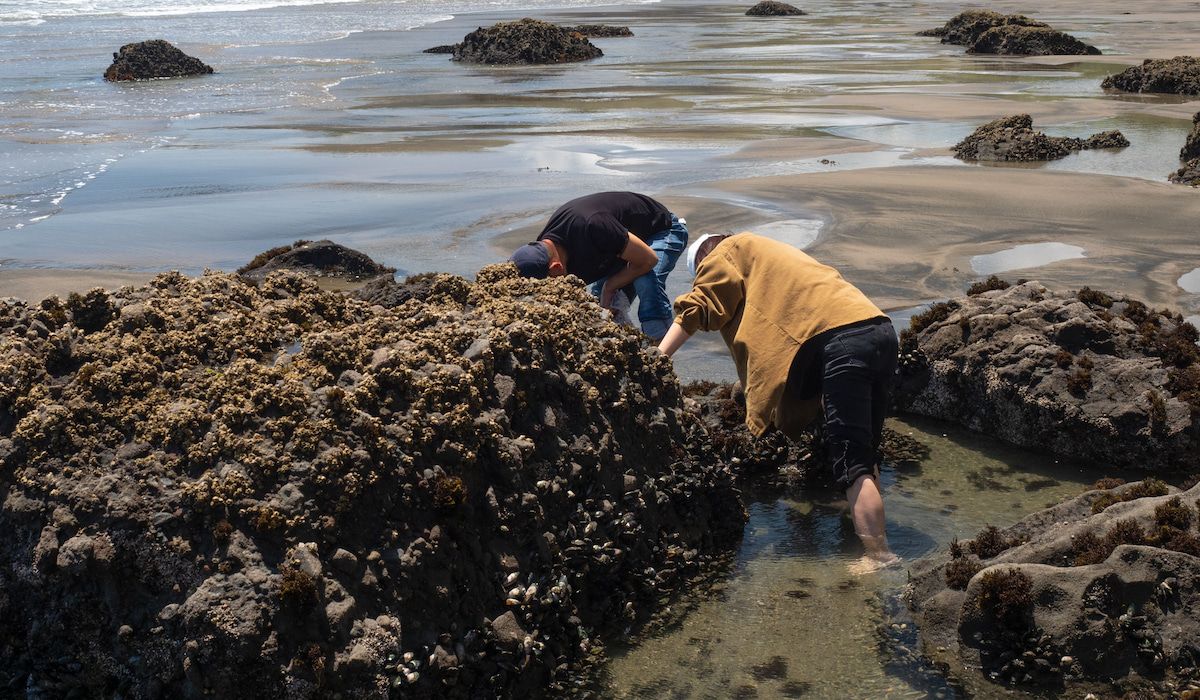Coastal foraging, or the practice of collecting food from the coast, is generally legal as long as it is done in accordance with local laws and regulations. However, it is important to be aware of any restrictions or permits that may be required in the area where you are foraging, as well as any potential environmental impacts of your actions.
In some cases, it may also be necessary to obtain permission from the landowner before foraging on their property. It is always best to check with local authorities before engaging in any form of foraging to ensure that you are doing so legally and responsibly.

What are the potential impacts of coastal foraging?
The potential environmental impacts of coastal foraging depend on a variety of factors, including the location, the type of food being collected, and the method of collection.
Some potential impacts of coastal foraging include damage to coastal habitats and ecosystems, disturbance of wildlife, and depletion of natural resources.
For example, if foraging is not done in a sustainable manner, it can lead to over-harvesting of certain species, which can reduce their populations and negatively impact the overall health of the ecosystem. In addition, certain foraging techniques, such as using tools that damage the shoreline or collecting large amounts of food in a short period of time, can also have negative impacts on the environment.
It is important for foragers to be aware of these potential impacts and to take steps to minimize them, such as by using sustainable foraging techniques and only collecting a limited amount of food from each area.
By being mindful of the potential impacts of coastal foraging and taking steps to mitigate them, it is possible to enjoy this activity while also protecting the environment.
What are sustainable foraging techniques?
Sustainable foraging techniques are methods of collecting food from the wild that are designed to minimize the negative impacts on the environment and ensure the long-term health of the ecosystem. Some examples of sustainable foraging techniques include:
- Only collecting a limited amount of food from each area to prevent over-harvesting and depletion of resources.
- Using tools and techniques that minimize damage to the environment, such as hand-picking or using small nets rather than large nets or rakes.
- Avoiding foraging in sensitive areas, such as protected wildlife habitats or areas with fragile ecosystems.
- Respecting the rights of private property owners and obtaining permission before foraging on their land.
- Being aware of local laws and regulations governing foraging, and ensuring that all activities are carried out in compliance with these laws.
By following these and other sustainable foraging techniques, it is possible to enjoy the benefits of foraging while also protecting the environment and ensuring the long-term sustainability of natural resources.

What are some of the rules when coastal foraging
The rules and regulations governing coastal foraging vary depending on the location and the specific activities involved. Some common rules and regulations that may apply to coastal foraging include:
- Permits: In some cases, it may be necessary to obtain a permit from the local authorities before engaging in coastal foraging.
- Restrictions on species: Some areas may have restrictions on the types of species that can be collected, either to protect the species or to prevent over-harvesting.
- Size limits: There may be restrictions on the size of the food that can be collected, such as minimum or maximum size limits for shellfish or fish.
- Seasonal restrictions: Some species may only be collected during certain times of the year, or there may be seasonal restrictions on the methods of collection that are allowed.
- Private property: It is important to respect the rights of private property owners and to obtain permission before foraging on their land.
- Environmental protection: Foragers should take steps to minimize any potential negative impacts on the environment, such as by using sustainable foraging techniques and avoiding foraging in sensitive areas.
By following these and other rules and regulations, it is possible to engage in coastal foraging in a legal and responsible manner. It is always best to check with local authorities to obtain specific information about the rules and regulations that apply to coastal foraging in your area.
How should beginners learn to Forage?
If you are a beginner to foraging, there are several steps you can take to get started and learn more about this activity. Some tips for beginners to foraging include:
- Learn about the different types of plants and animals that are safe to eat in your area. This can help you identify the edible species that are available and avoid any potentially harmful plants or animals.
- Start by foraging for common, easily identifiable species. This will help you gain confidence and experience, and will also provide you with a good source of food.
- Be sure to only collect a small amount of food from each area to prevent over-harvesting and ensure the sustainability of the ecosystem.
- Learn about sustainable foraging techniques and use them to minimize any potential negative impacts on the environment.
- Be aware of local laws and regulations governing foraging, and ensure that you are in compliance with these laws.
By following these and other tips, beginners to foraging can learn about this activity and gain the skills and knowledge needed to forage responsibly and sustainably.
What are the three main types of foraging?
The term foraging generally refers to the practice of collecting food from the wild. There are many different types of foraging, but some common categories include:
- Plant foraging: This involves collecting edible plants, such as fruits, vegetables, nuts, and berries.
- Animal foraging: This involves collecting food from animals, such as hunting, fishing, or trapping.
- Marine foraging: This involves collecting food from the sea, such as shellfish, seaweed, or fish.
Each of these types of foraging has its own unique challenges and rewards, and different foragers may have different preferences and expertise in these areas. By understanding the different types of foraging, it is possible to choose the type of foraging that is most appropriate and enjoyable for you.
Conclusion
Coastal foraging can be a fun and rewarding activity that allows you to collect food from the sea and the shoreline. However, it is important to be aware of the rules and regulations governing this activity, as well as the potential environmental impacts of foraging.
By following sustainable foraging techniques and respecting the rights of private property owners, it is possible to enjoy coastal foraging in a responsible and sustainable manner.
Whether you are a beginner or an experienced forager, coastal foraging offers a unique opportunity to connect with nature and learn about the plants and animals that live along the coast.




